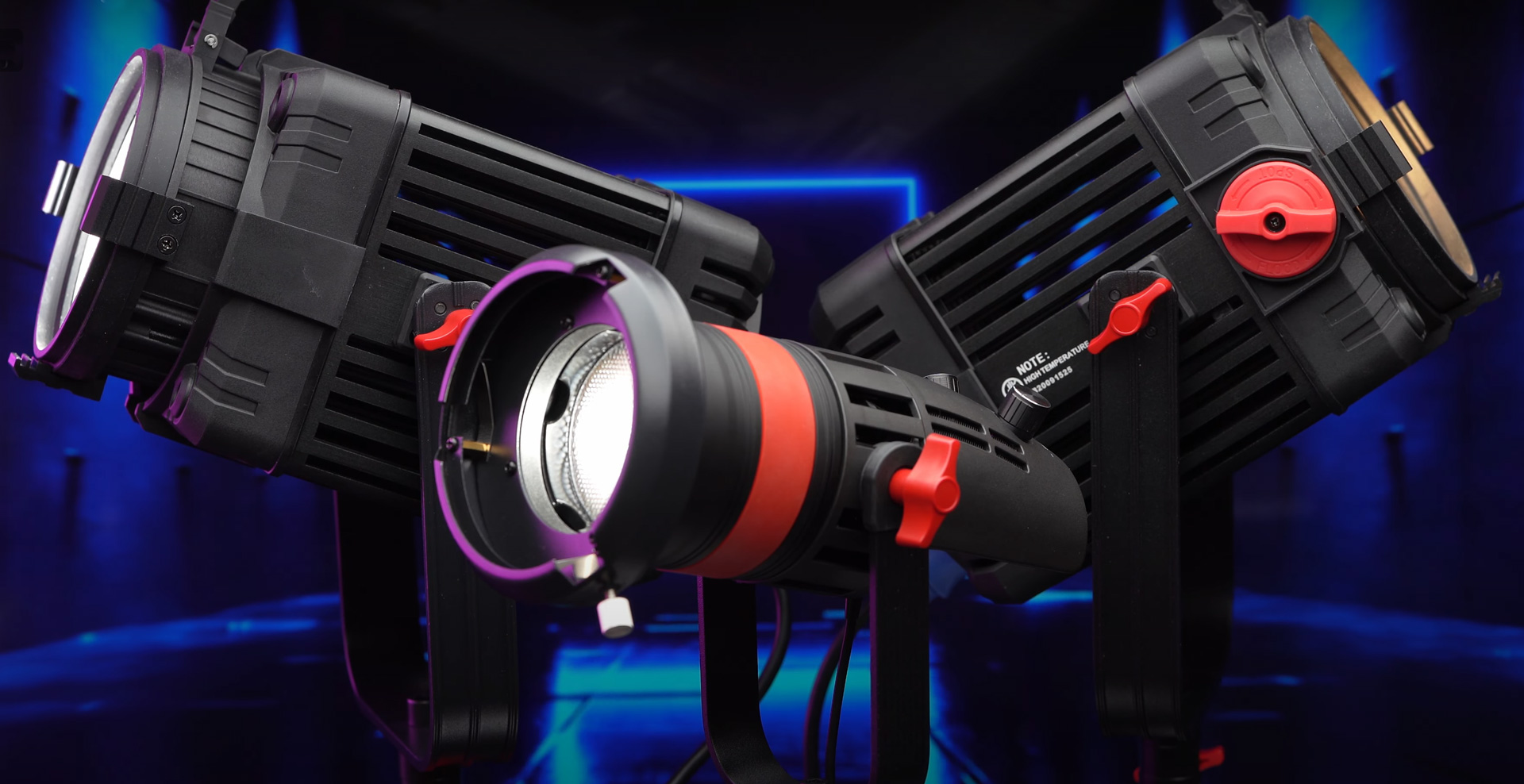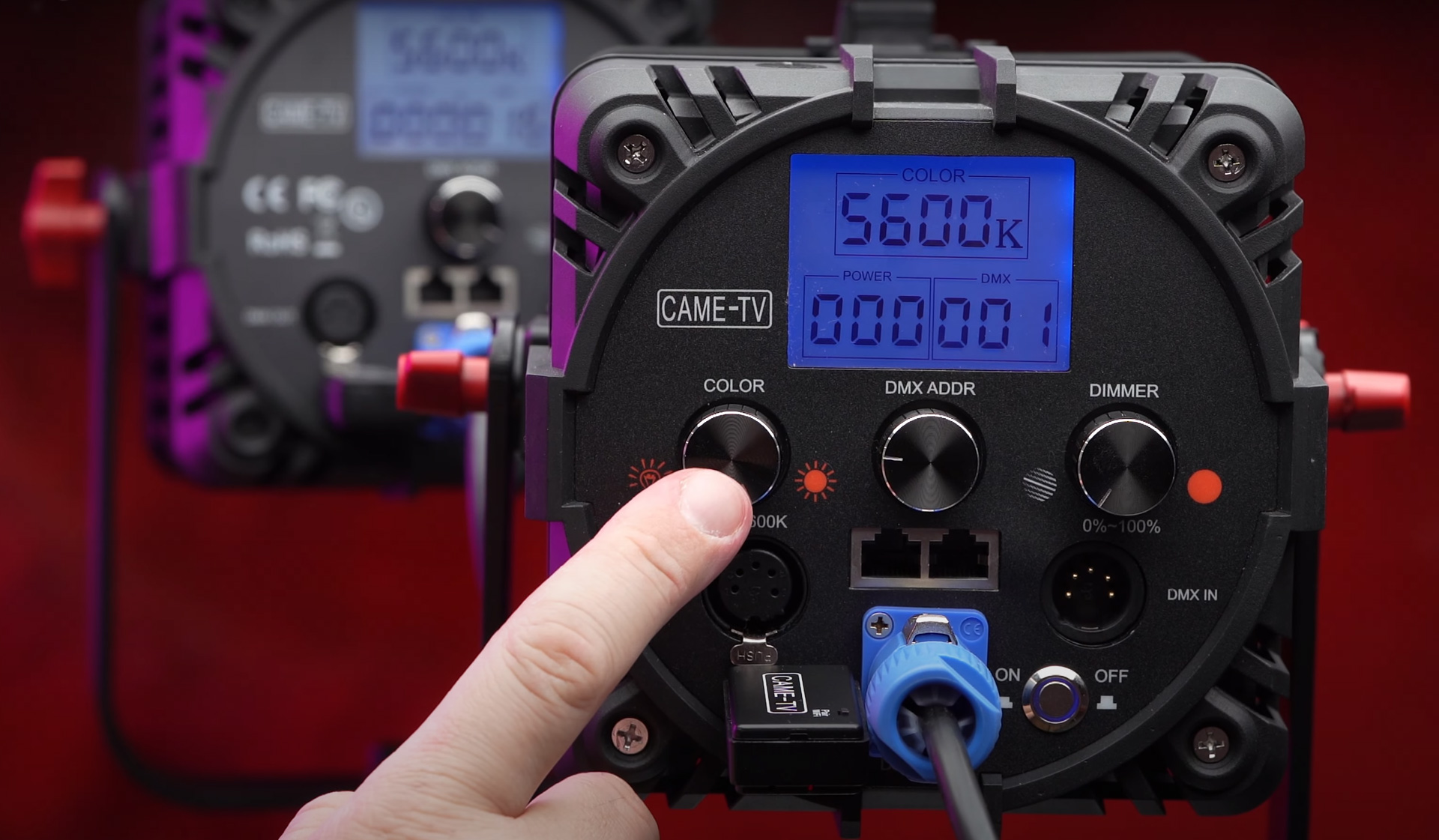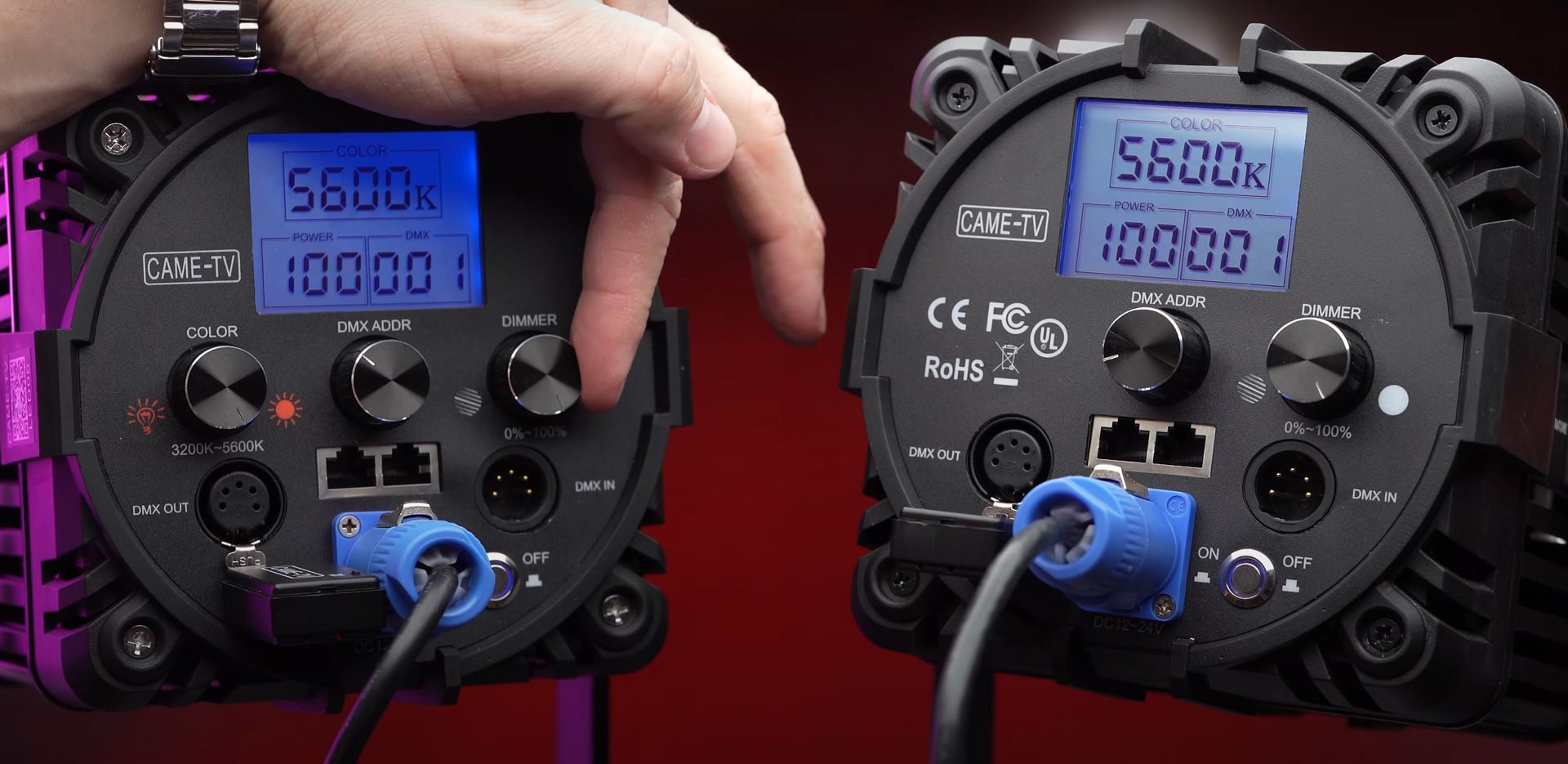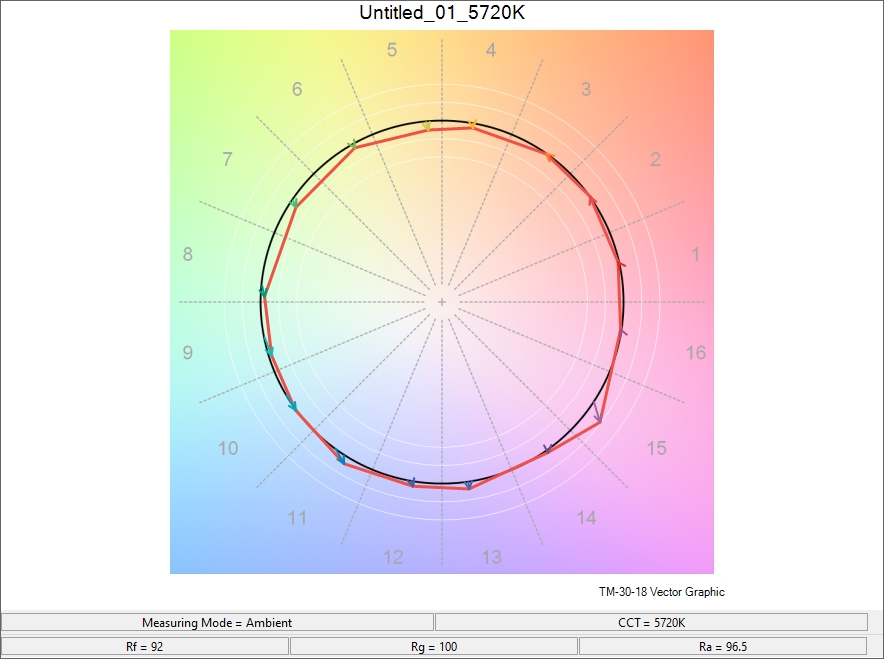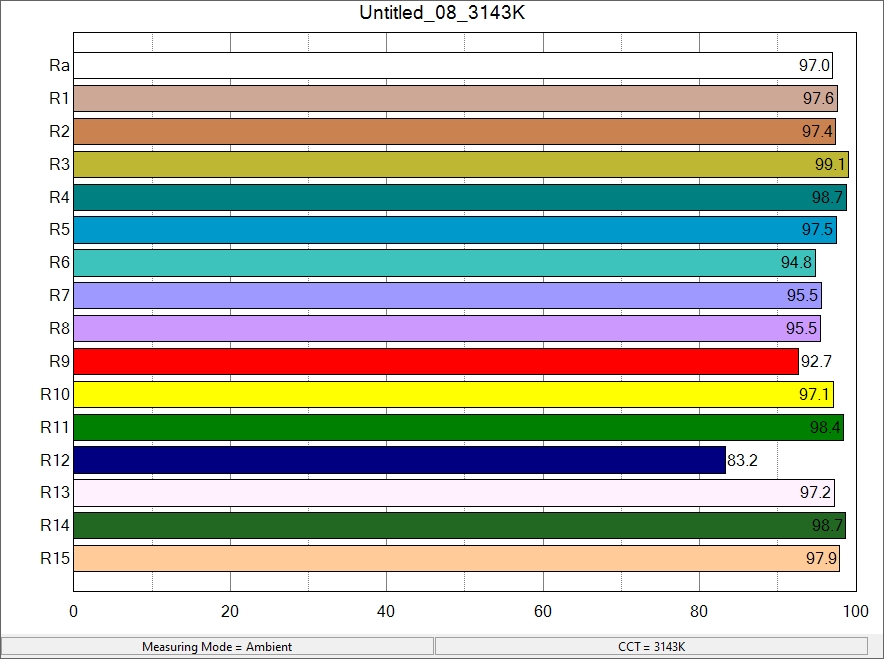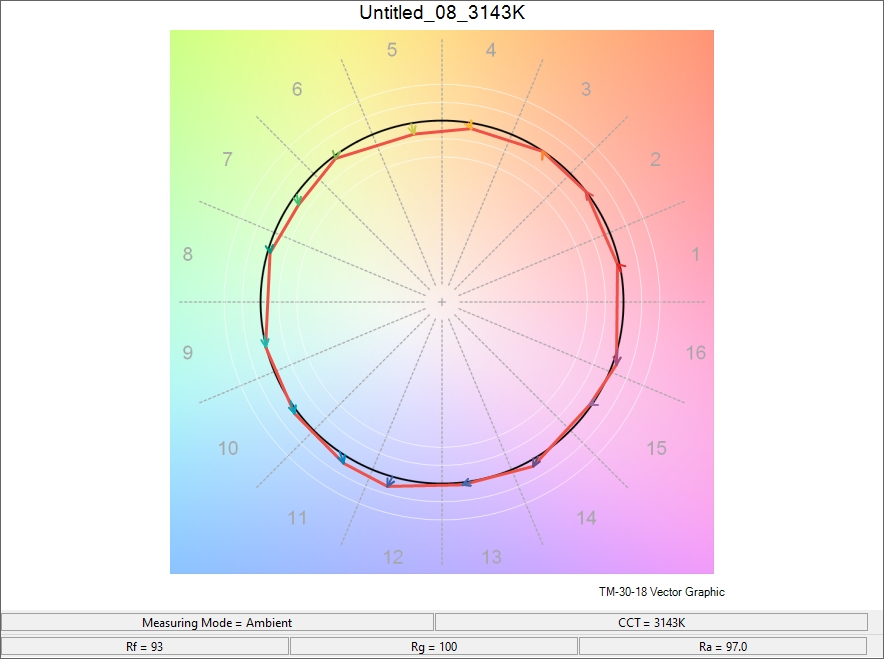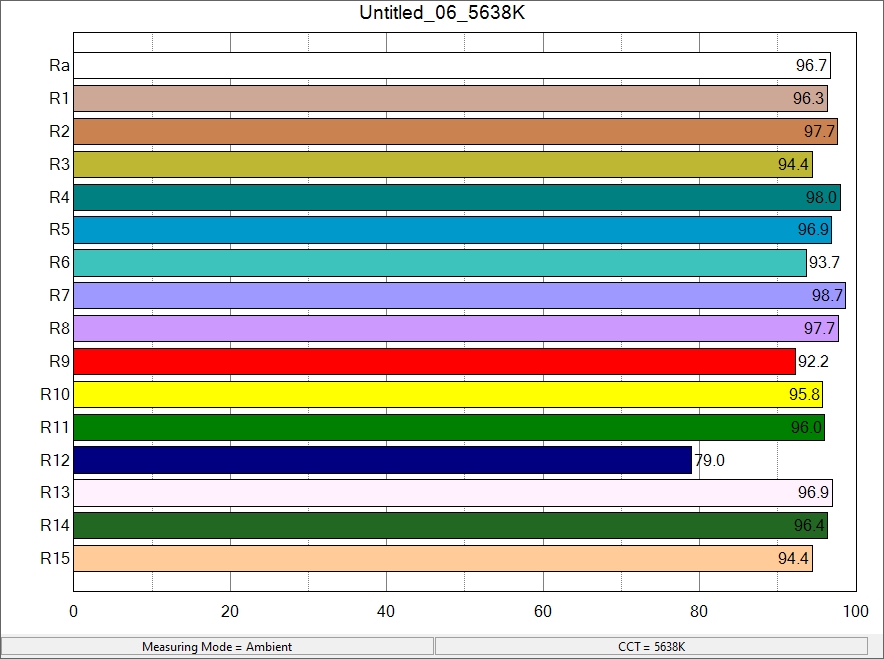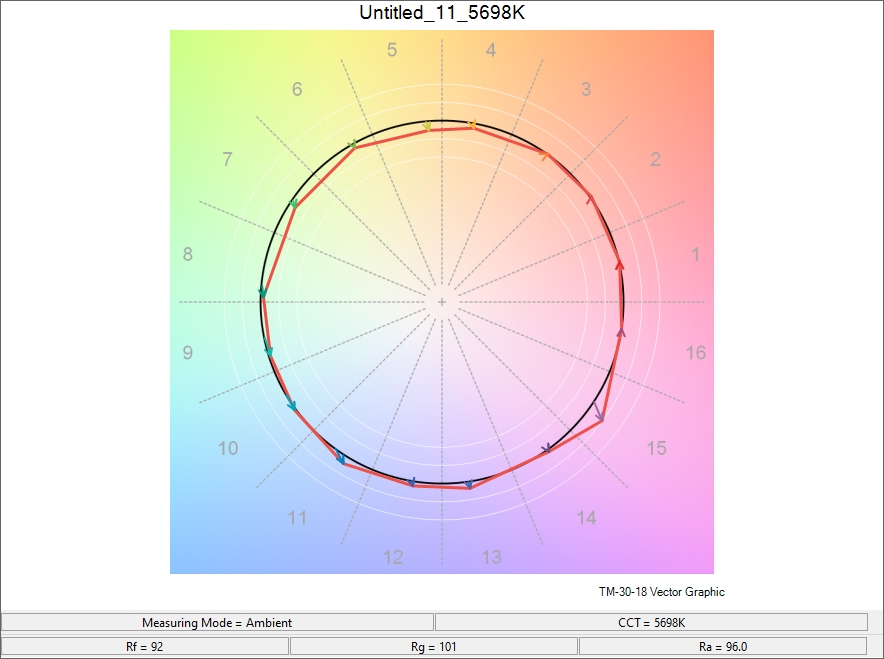Today we are taking a look at three focusable COB LEDs from Came-TV: the Boltzen F-150S, Boltzen B-100W and Boltzen Q-55W Mark II lights.
Who is Came-TV?
As this is the first time that we are reviewing products by Came-TV, it makes sense to say a few words about this company.
Xiamen Came Technology was founded in the city of Xiamen in the south of China in 2012 and makes a huge range of lighting, camera support, batteries, rigs, and even some pretty unique products, such as this huge CAME-ACCORDION jib with its extending scissor arm.
The Boltzen F-150S, Boltzen B-100W, and Boltzen Q-55W Mark II focusable COB LEDs
The Boltzen Fresnel COB LED line
Boltzen is the name of Came TVs’ main line of focusing LEDs with different offerings, ranging from 30W up to 150W, in both single color and Bi-color versions. The line also includes several accessories including remote, WIFI control units, V-mount plates, and clamps, as well as optional hard carrying cases and Bowens mount rigs.
Today we will be testing the most powerful light in this series to date – the bi-color 150W LED, together with the daylight version of the 100W light, as well as the second version of the company’s 55W daylight LED.
A closer look at the Boltzen lights
We got all three LEDs for testing with a LOT of accessories. Some of these are sold separately, so make sure to check what exactly you are ordering with your light.
In terms of build quality, all three seem to be made of a combination of metal and hard plastic and feel pretty robust (especially the two larger ones). The 100W and 150W are fairly similar in shape and size, and weigh in at just over 4KG, while the smaller 55W unit weighs in at just over 1KG since it has more plastic parts.
The two larger units have an illuminated back screen that shows color temperature, power level, and DMX channel. They also have two RJ45 connectors and two 5 pin DMX connectors, a male in and a female out.
Controlling the lights is very simple. On the two larger lights you have a small on/off button and two or three knobs (depending on the version of the light) for controlling power, color temperature, and DMX address (the DMX knob is pressable).
The 55W version is a little different. It has a small screen, two clickable top knobs, an on/off button, a micro-USB connector, and a WIFI button and status light.
The right knob controls the brightness and the left knob controls the very simple menu, which lets you change the different effects (fire, lightning, breathing) and channels.
All three lights have a focusing option. The 150W and 100W units feature a small plastic knob which changes the beam angle from 90 degrees all the way to 38 degrees, while the 55W version can change from a beam angle of 60 degrees flood all the way to 15 degrees spot by pulling out the front element, using a rubberized grip.
All three lights come with barn doors, and the two larger lights have a top load mount with dual slots for accessories such as filters or diffusers. The 55W has a proprietary threaded mount for the barn doors, with the option to put a diffuser or color filter inside.
The back of the Boltzen F-150S
You can also get a Bowens adaptor for each of the lights. The Bowens adaptor for the 55W light works well, the one for the larger lights needed some tweaking to make it work, and we would probably not use it for a very heavy softbox, although with mid-sized ones, it should work fine.
The larger lights come with quite a few accessories including a really nice bag and a shoulder strap, safety cable, LAN cable, d-tap cable, power brick, barn doors, and diffusers as well as a user manual (there should also be an optional remote but we didn’t get it).
All three lights have a WIFI option, but only the 55W has WIFI built-in, while the two larger lights need a WIFI dongle. In our tests, we could only connect to one light at a time, and the app is kind of dated and somewhat limited. Came-TV certainly has some work to do on the wireless control of these lights.
On the plus side, when it comes to powering the lights, Came-TV actually made it super simple. Each of the three lights came with a power brick for AC power, but all three could also be powered via batteries.
The 150W and 100W versions come with a locking Neutrik power cable, leading to the power brick (this section is not very long). Interestingly, the provided D-Tap cable also features a Neutrik connector, so you can plug it securely and run the light from a high-power V-mount or gold mount battery. (Keep in mind that you will need to find your own solution for hanging the power brick from the light stand)
Came-TV also sent us a couple of small V-mount clamps which are really useful for holding a battery on the light stand – it would be nice if the power brick itself had some V-mount holder of its own.
The 55W light is even more versatile when it comes to power. You can choose to power the light with dual L-mount batteries or connect to a V-mount battery using a supplied cable – really useful.
There is more good news when it comes to the noise level. All three lights are dead silent, and even though the 150W is said to have a fan, we could not hear it even standing right next to it. This does mean that the lights get warm after prolonged use though, and this is especially true for the 55W version, so be careful when you operate it.
Side by side the Boltzen F-150S and the Boltzen B-100W
Test results
We tested the lights using our highly capable Sekonic C-800 spectrometer (full review coming later in 2021) and we got the following results from 1m away:
Boltzen 55W Mark II (5600K):
- Color temperature:
5720K (wide);
5415K (spot). - LUX:
6490 (wide);
16,500 (spot);
16,400 (spot + V-mount battery). - CRI: 96.5 (93.4 / R9 and 74.8 / R12).
- TLCI: 97.
- TM-30-18 Rf: 92.
- TM-30-18 Rg: 100.
- Spectral Similarity Index (SSI, CIE D55/daylight): 71.
Boltzen 55W Mark II – C-800 test results: CRI, spectrum, and TM30 results
Boltzen 150W (3200K-5600K):
- Color temperature:
3143K (wide + Fresnel + 3200K);
3218K (spot + Fresnel + 3200K);
5638K (wide + Fresnel + 5600K);
5915K (spot + Fresnel + 5600K);
5922K (V-mount battery + spot + Fresnel + 5600K). - LUX:
5120 (wide + Fresnel + 3200K);
16,200 (spot + Fresnel + 3200K);
3680 (wide + no Fresnel 5600K);
6490 (wide + Fresnel + 5600K);
20,100 (spot + Fresnel + 5600K);
20,300 (V-mount battery + spot + Fresnel + 5600K). - CRI: 96.6 (92.7 / R9 and 77.8 / R12).
- TLCI:
98 (3200K);
97 (5600K). - TM-30-18 Rf: 92.
- TM-30-18 Rg: 102.
- Spectral Similarity Index (SSI, CIE D55/daylight / Tungsten):
73 (5600K);
83 (3200K).
Boltzen 150W – C-800 results: CRI, spectrum, and TM30 results (3200K)
Boltzen 150W – C800 results: CRI, spectrum, and TM30 results (5600K)
Boltzen 100W (5600K):
- Color temperature:
5736K (wide + no Fresnel);
5698K (wide + Fresnel);
6181K (spot + Fresnel);
6192K (spot + Fresnel + v-mount battery). - LUX:
3430 (wide + no Fresnel);
5810 (wide + Fresnel);
28900 (spot + Fresnel);
27700 (spot + Fresnel + v-mount battery). - CRI: 96.2 (86.8 / R9; 75.1 / R12).
- TLCI: 97.
- TM-30-18 Rf: 92.
- TM-30-18 Rg: 101.
- Spectral Similarity Index (SSI, CIE D55/daylight): 71.
Boltzen 100W – C-800 test results: CRI, spectrum, and TM30 results
* A few notes:
- As you can see from the test results, using (v-mount) batteries did not reduce the output of any of the 3 lights in any significant way.
- Color temperature in spot mode on all lights seems less accurate (but this might be a measuring flaw as the spot is quite small in size).
- The daylight 100W is actually more powerful than the bi-color 150W in spot mode which is not a surprise as bi-color LEDs typically produce less output (strangely the 150W seems to produce a little more output than the 100W when using a wide beam).
Using the Lights
Using the two larger Boltzen lights is as straightforward as can be. Turn the light on, set the power and temperature (in the case of the Bi-color 150W version) and that’s it – there are no complex settings or menus — just turn on and go.
If you want more power, and you are O.K. with daylight only, go for the 5600K version, since it is more powerful, as we have seen from our tests. This is especially true if you are going to use the light with a softbox or some layers of diffusion.
One thing that we learned after trying the barn doors is that there is no way to use them to really cut the light with these COBs. While you can restrict the spill with the barn doors, cutting the light to a thin sliver just doesn’t work, and if you don’t use one of those circular lens diffusers that come with the LED, cutting the light with the barn doors will result in some weird patterns.
The 55W LED is very nice if you want to have a more concentrated spot, and for its size even with the wide beam, it is pretty powerful. We really liked the D-tap power option. Just be really careful, since the front of the light can get really hot (the price you pay for silent operation we guess).
As for battery power – using one of our YINCHEM high power high capacity 230Wh V-mount batteries (see our review here), we were able to power all three lights without any loss in output. Using our old L-mount batteries with the 55W COB wasn’t always consistent. At times, the light would turn off right away.
Other users reported similar issues with the first generation of the 55W Boltzen, so either use high capacity 7.4V NP-F batteries or better yet, a good quality V-mount.
All Boltzen lights can work with V-mount using the supplied T-dap cable
Conclusion
After working with the three Boltzen COBs for a couple of months, we certainly learned to appreciate what Came-TV put into these lights.
The two larger units are extremely rugged and very simple to operate. We love the option to power them via D-tap, and the fact that they are essentially silent is just a cherry on top.
The 55W version might not be as robustly built as the other two, but it makes up for it with relatively high output for its size and the same silent operation as its big brothers.
Just like most other products on the market, there is almost always room for improvement, and in this case, we think that Came-TV needs to completely re-work the wireless control and app for these units (taking a cue from Aputure could be a good idea).
We would also like to see a better thermal design for the 55W unit, and maybe most of all a more powerful 300W or even 500W version. And in the spirit of the times, maybe even an RGB variant of the Boltzen line.
Pricing
As for pricing, all three lights are pretty competitively priced for what they offer, as you can see:
- CAME-TV Q-55W Boltzen Mark II (Daylight) – $288.
- CAME-TV Boltzen F-150S (Bi-color) – $500.
- CAME-TV Boltzen F-150S (Daylight) – $466.
- CAME-TV Boltzen B-100S Fanless (Bi-color) – $500.
- CAME-TV Boltzen B-100S Fanless (Daylight) – $450.
* Note: Despite the differences on paper, it seems that there is relatively little difference between the 100W and 150W models, and since both are genuinely silent (although only the 100W is fanless), we are not exactly sure why Came-TV even made two separate lights, especially as they have basically identical pricing.
** Update: Came-TV wanted us to clarify that the 150W daylight version is significantly more powerful than the bi-color version we tested (which certainly makes sense).
You can check out more LensVid exclusive articles and reviews on the following link.

You can support LensVid by shopping with our affiliate partners
Affiliates: Amazon, B&H, Adorama and E-bay.
Why should you trust us?